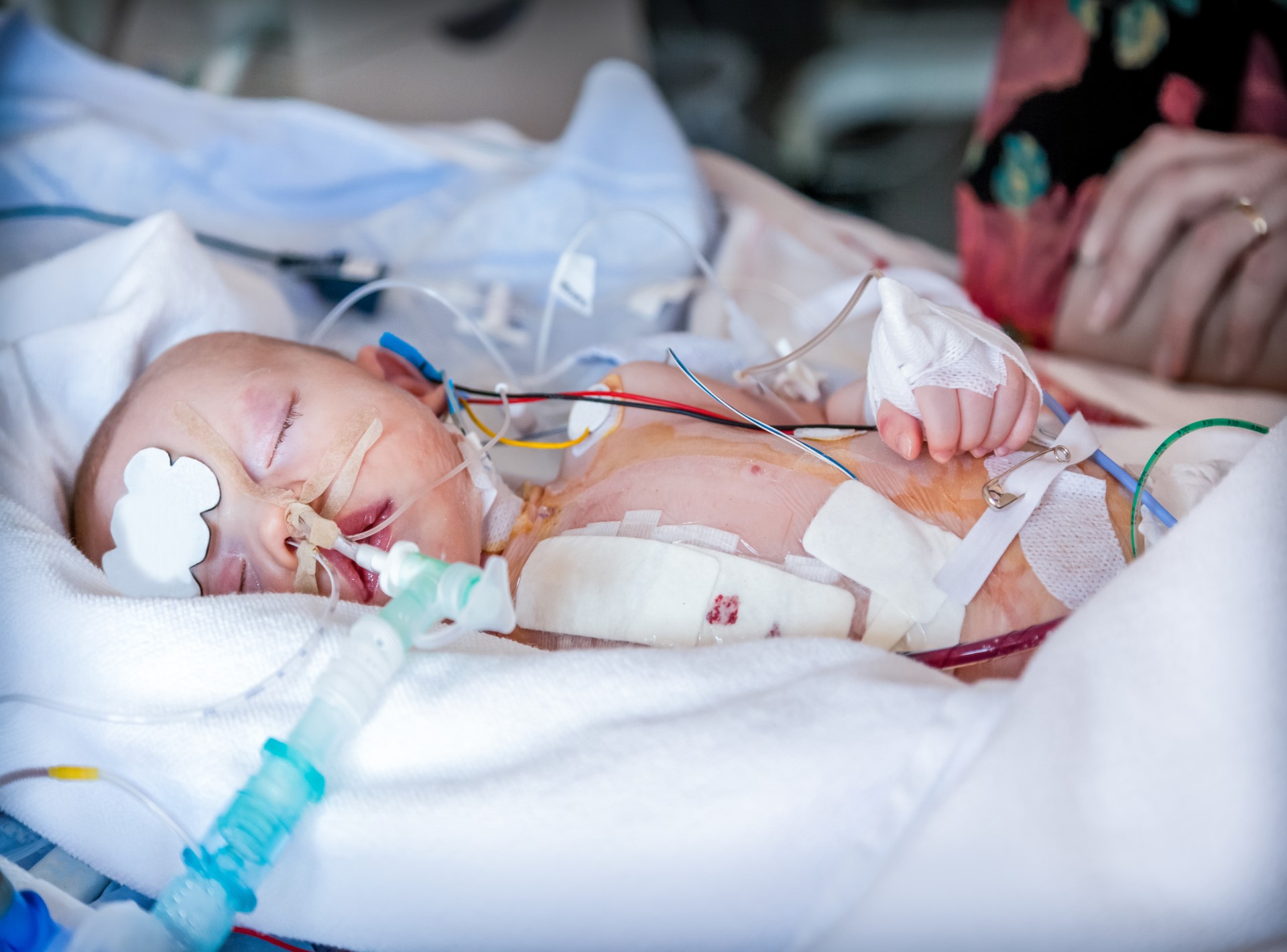
The Phoenix sepsis criteria has been released as an important new tool to help clinicians identify children with life-threatening organ dysfunction caused by infection.
The new definitions and shared conceptual understanding of paediatric sepsis will support worldwide improvements in the management, research and outcomes of children with sepsis and is supported by robust research, with data from a diverse range of geographic and healthcare settings.
A specialist taskforce was established in 2019 by the Society of Critical Care Medicine – with the backing of the International Paediatric Sepsis Consensus Conference – to update the criteria, with the process attracting almost 3000 submissions from six global regions, including 14% from lower-income nations.
Acknowledging the differences in paediatric physiology, the new definitions use age-specific SIRS criteria, including the requirement that at least one diagnostic symptom is either an abnormal temperature or white blood cell count.
Lead author, Dr Hallie Prescott from the VA Center for Clinical Management Research, said that while Sepsis-3 criteria (released in 2016) were not originally proposed for use in children, there has been increasing recognition that—in children as well as in adults—sepsis was more appropriately viewed as infection-triggered acute organ dysfunction.
“None of the existing definitions (IPSCC, Sepsis-3, WHO) were perceived as useful by most respondents across all six domains of use (recognition, early recognition, disease classification, prognostication, benchmarking, epidemiology, and trial enrolment),” she said.
“Furthermore, 71% of respondents believed the term sepsis should be limited to children with infection-related organ dysfunction.”
The Phoenix sepsis criteria have redefined paediatric sepsis as “life-threatening organ dysfunction of the respiratory, cardiovascular, coagulation, and/or neurological systems, demonstrated by a Phoenix Sepsis Score of at least 2, in the setting of confirmed or suspected infection.”
Septic shock was defined as sepsis with at least 1 point in the cardiovascular category (blood lactate ≥5 mmol/L [≥45.05 mg/dL], hypotension for age, or vasoactive use), and Dr Prescott highlighted that the thresholds were selected based on group consensus, requiring more than 80% agreement among more than 80% of the task force.
Nearly 175,000 children in the derivation cohort and 50,000 children in the validation cohort with confirmed or suspected infection were included, with data collected from EDs, inpatient and intensive care units during the 24 hours after presentation.
“The Phoenix sepsis criteria were created to improve clinical care, research, and benchmarking, with a 4-system model selected due to its simplicity and translated this model into an integer score (Phoenix Sepsis Score) to facilitate implementation into practice,” Dr Prescott said.
“In the validation study, children meeting the Phoenix criteria for sepsis in higher- and lower-resourced settings had 7% and 29% in-hospital mortality, respectively, or 8-fold higher than all children with infection.
“Children meeting Phoenix criteria for septic shock had 11% and 34% mortality, respectively, and overall, the Phoenix criteria outperformed all other criteria, including IPSCC, for predicting in-hospital mortality.”

